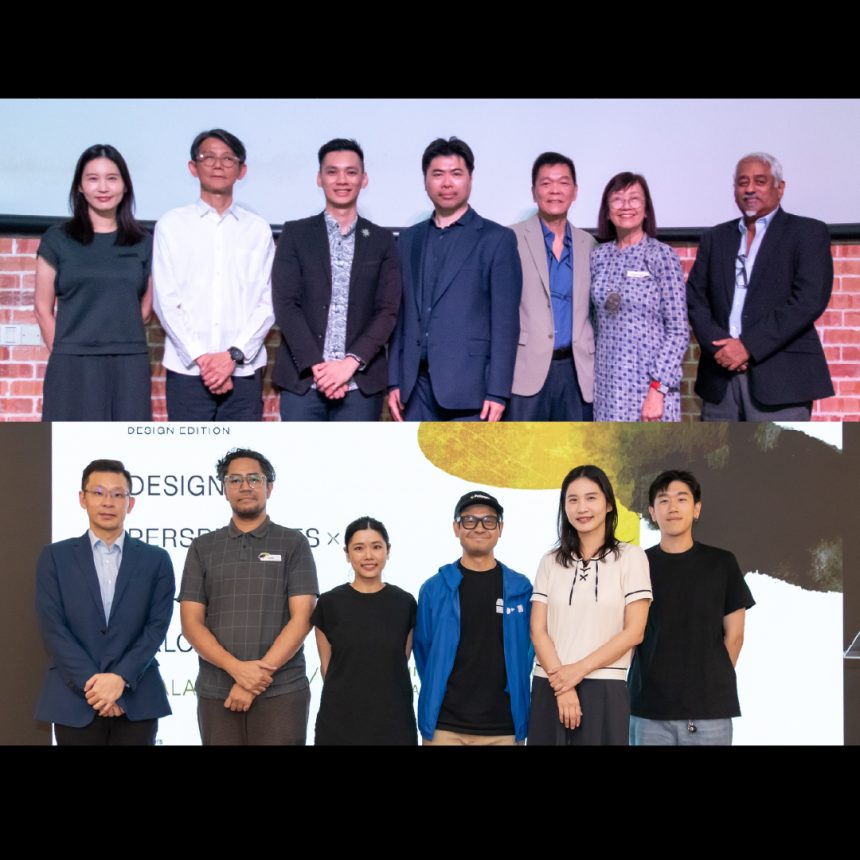The Design Perspectives x Golden Pin Salon Kuala Lumpur 2025 featured an impressive line-up of design professionals from Taiwan and Malaysia, each bringing unique perspectives from their respective fields of spatial design and visual communication design.
Kuala Lumpur — This year’s Salon brought together top Golden Pin Design Award winners and distinguished designers for two dynamic sessions exploring “Human-Centred Futures” through spatial and visual communication design. Held at PAM Centre and The Toffee, the events celebrated vibrant Asian design exchange while highlighting the Award’s mission to spotlight design excellence and emerging trends. From reimagining cultural spaces to integrating AI with human creativity, speakers shared insights on designing for impact, empathy, and the future. Lively conversations continued beyond the stage, underscoring how Asia’s design community is shaping thoughtful, tech-enabled, tradition-rooted innovation.
Spatial Design Session:
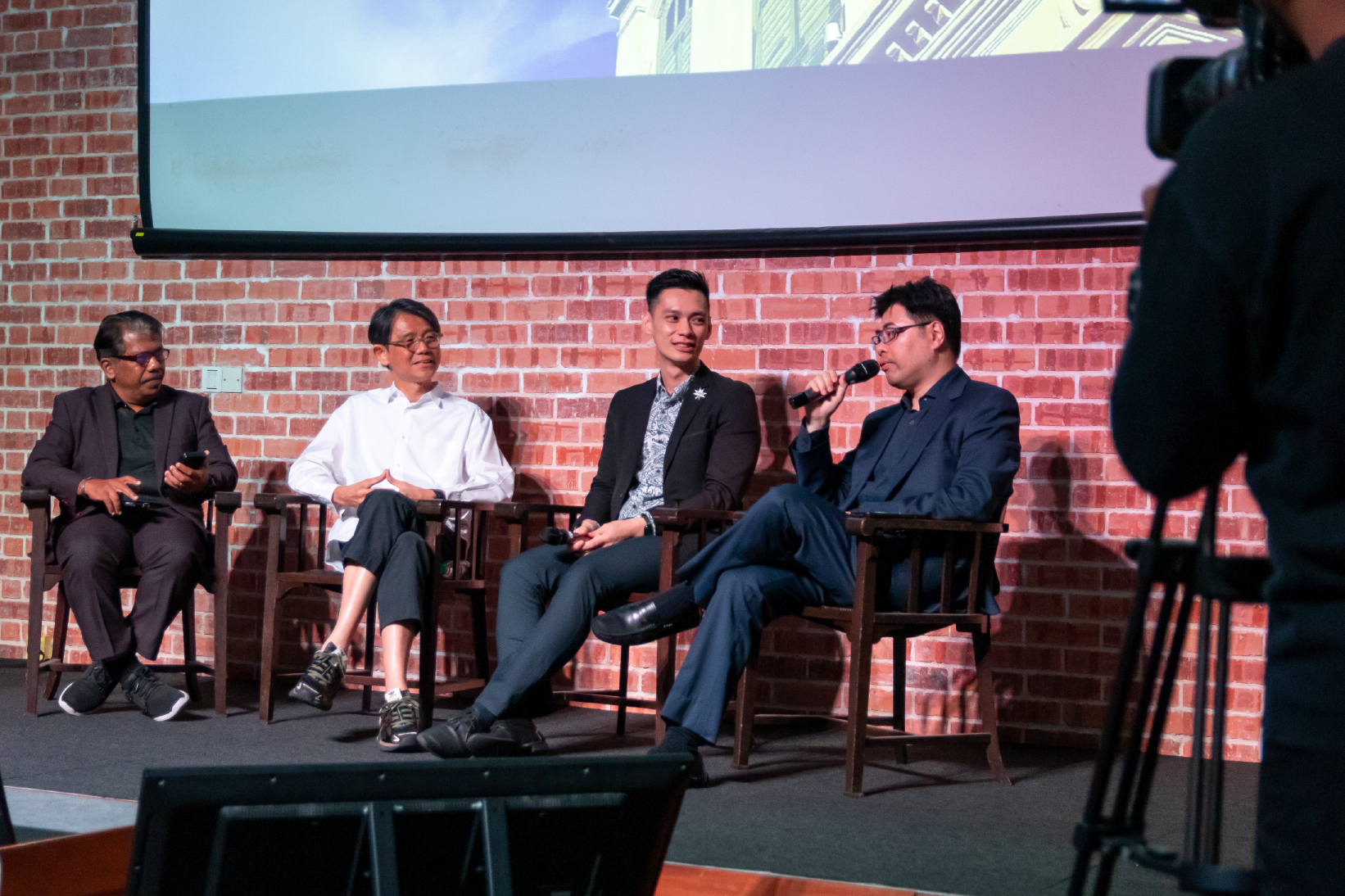
Something Old and Something New – Giving Places New Life
The first session on April 28 at PAM Centre focused on how spatial design can honour cultural memory while reimagining spaces for contemporary use.
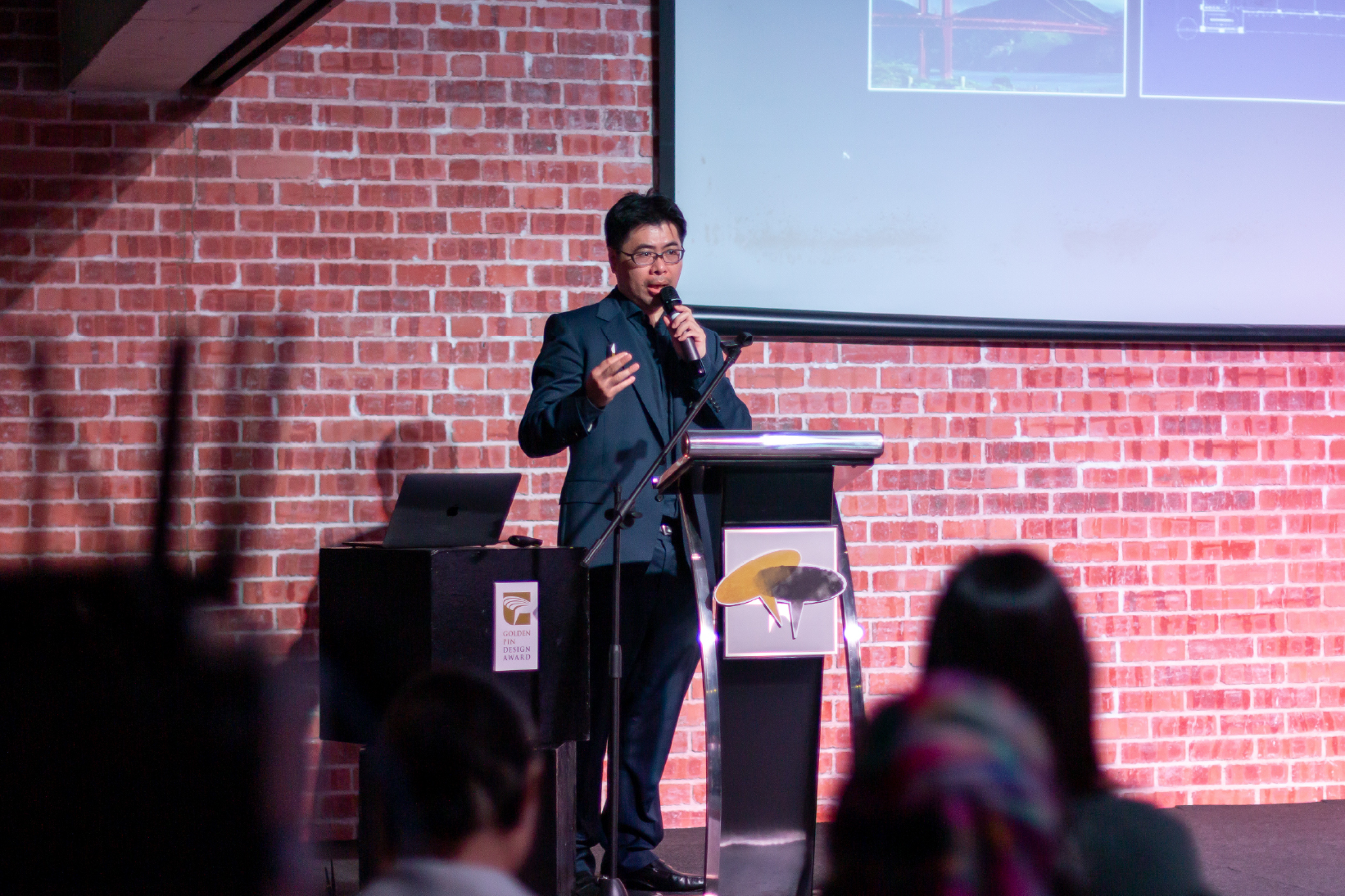
With his presentation titled Transformation, Borden Tseng brought an international perspective by challenging traditional notions of architecture with emphasis on spatial openness, interaction, and natural light, using technology and novel materials to create visually striking and socially inclusive buildings. His architectural firm, Q-LAB, embodies this experimental ethos, aiming to spark a “quantum leap” in how public buildings are conceived and experienced.
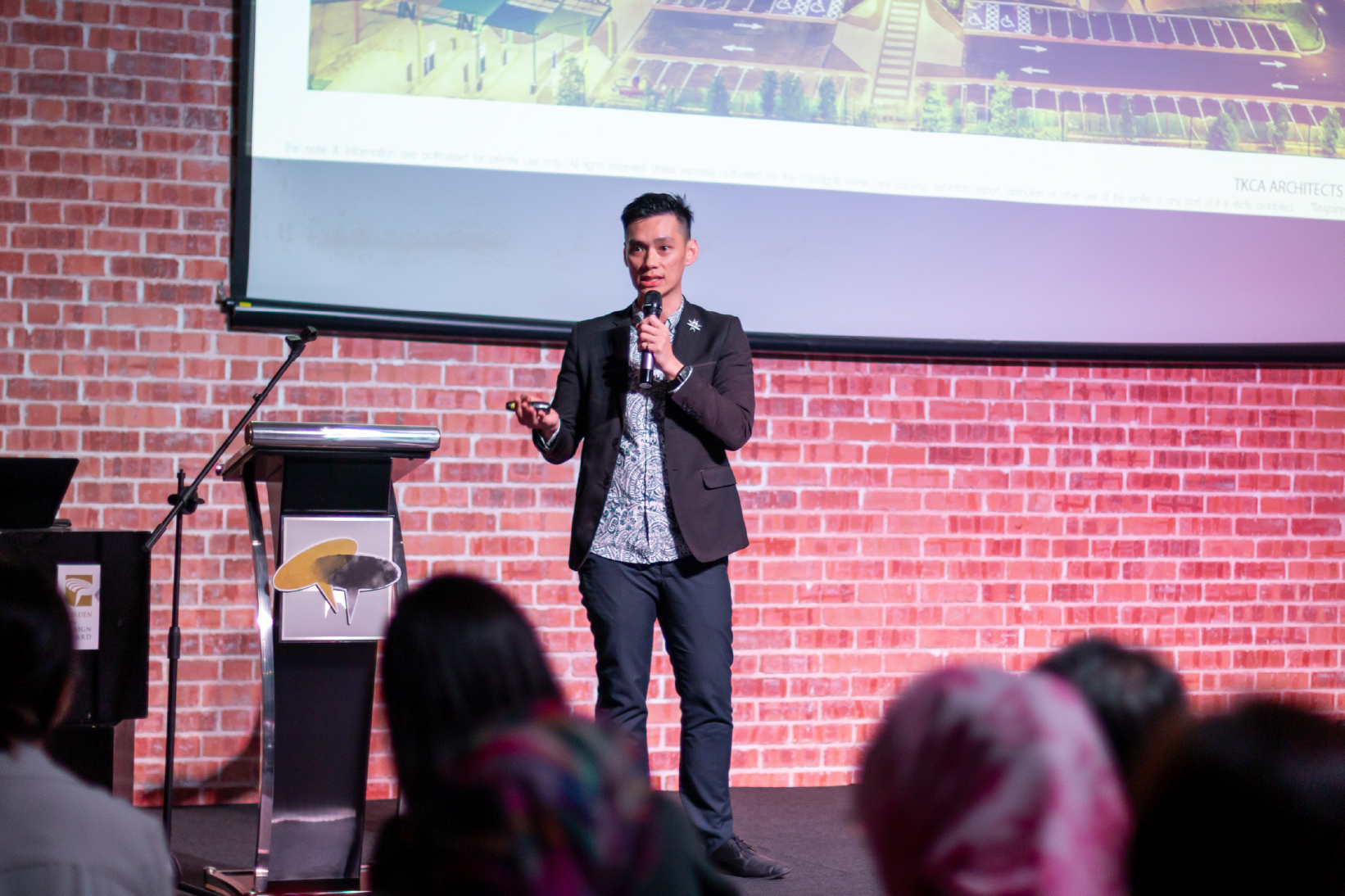
Ar. Rien Tan of TKCA Architects Sdn Bhd, whose professional practice is guided by the ethos INSPIRED to inspire, explores how brand-new developments can still embody familiar values, bringing new life to the way we live, work, and connect. Tan shared insights from his work on Skyblox, Malaysia’s first co-living housing built with PPVC construction, particularly highlighting a forward-thinking housing model prioritising affordability, privacy, and shared community experiences. Tan draws strength from cultural roots and human needs, reflecting how thoughtful design can bridge the past and future of our cities.
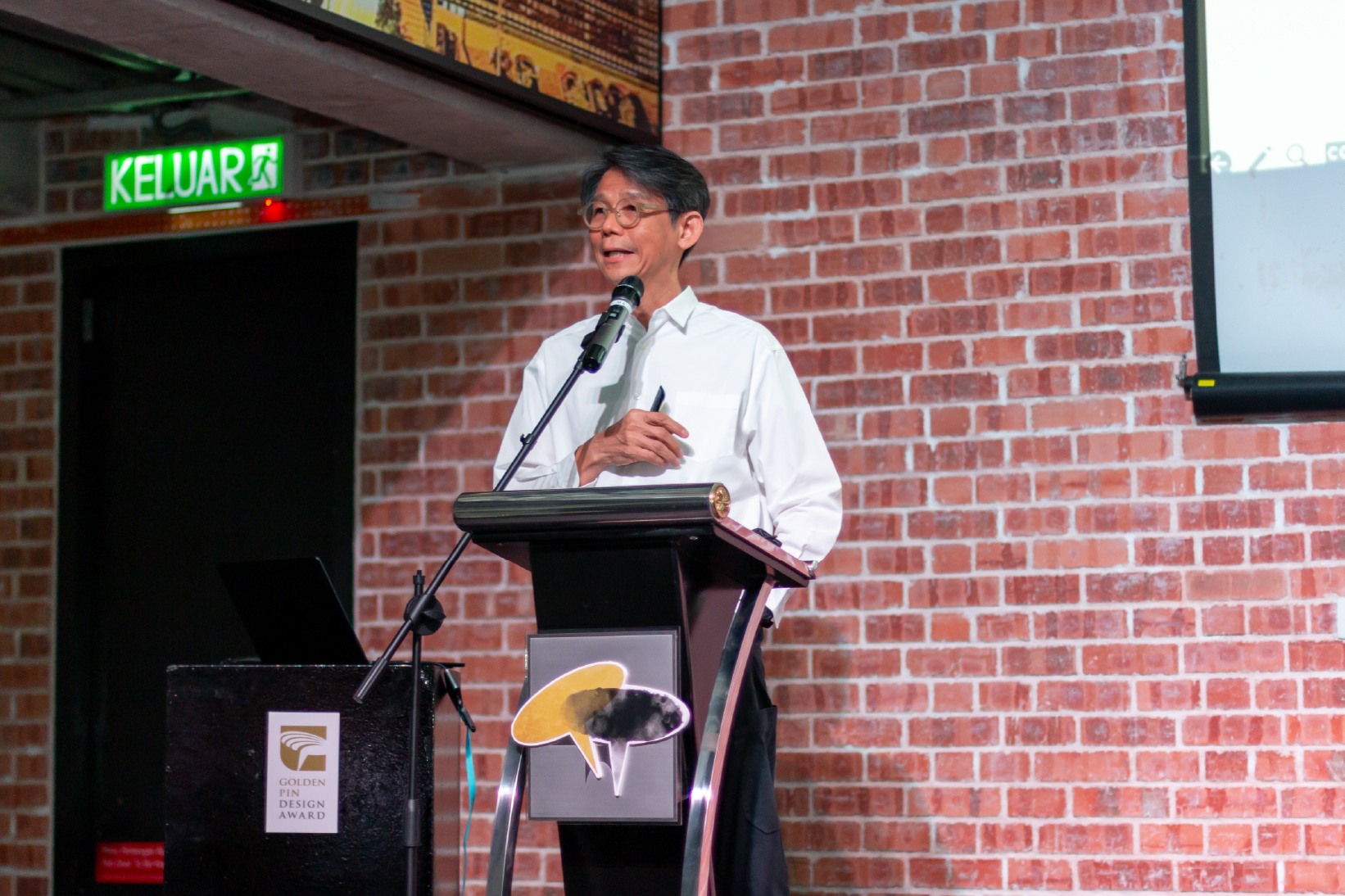
IDr Lai Siew Hong from Blu Water Studio presented his narrative-driven approach to hospitality design, showcasing projects like The Edison George Town, where historical context informed every design decision. In the field of interior design, Lai emphasised that the essence lies in conceptualising or gaining insight into a place’s historical significance, the communal behaviours, backgrounds, and legacies of its people. He added, “It’s about appreciating the variances in customs and techniques among different cultures, design philosophies, and crafting heritage. This involves carrying forward traditions into today’s world and weaving history into the fabric of tomorrow, forging connections between cultures, craft, and modernity.” His talk ends on a beautiful note that ties us back to the topic: “Respect the past, Connect the future.”
Visual Communication Design Session:
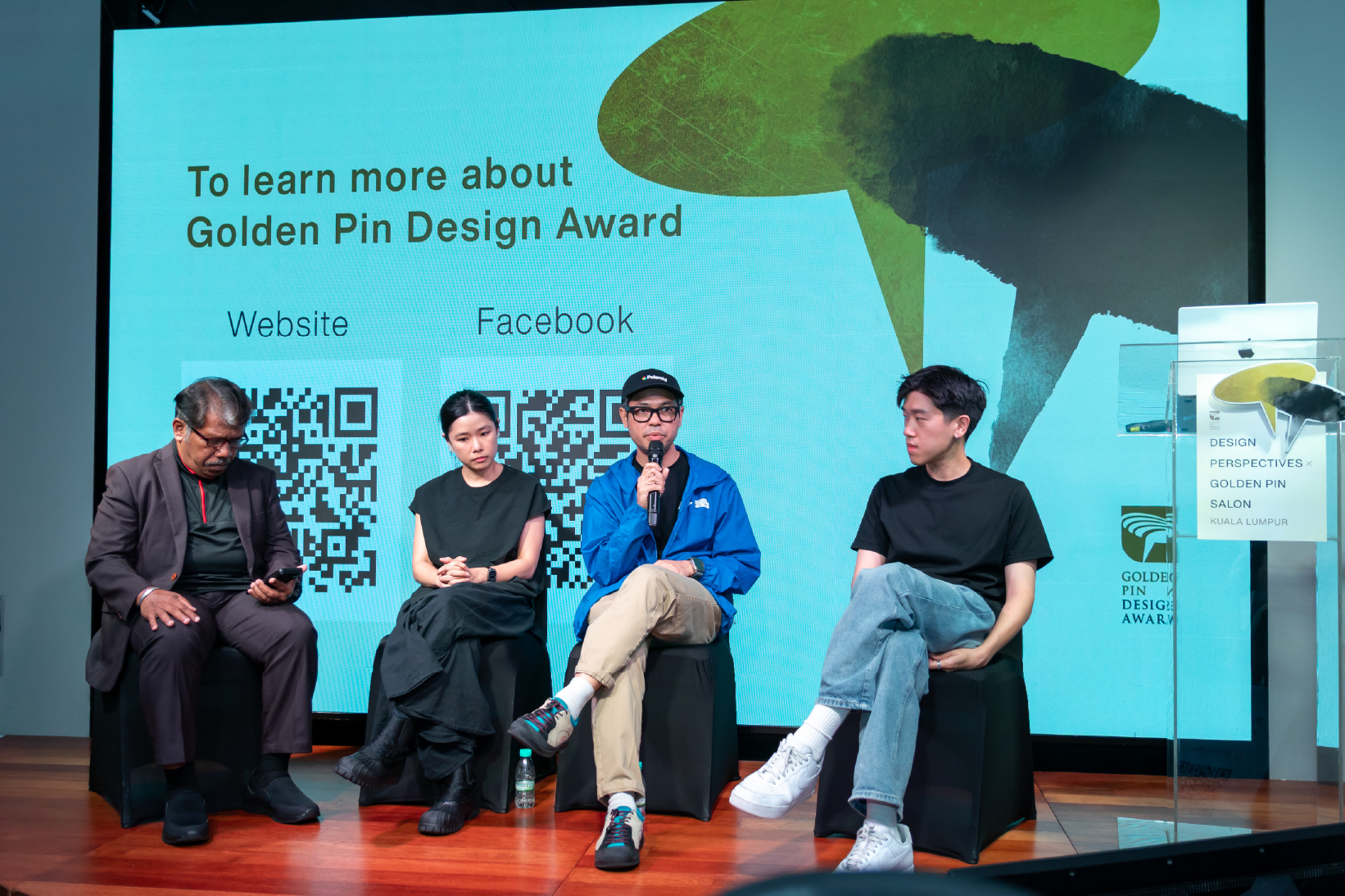 From Inner Worlds to Visual Art – Translating Imagination into Digital Assets
From Inner Worlds to Visual Art – Translating Imagination into Digital Assets
The second session on April 29 at The Toffee explored how designers are using artificial intelligence (AI) to create authentic visual communication while maintaining meaningful human connections.
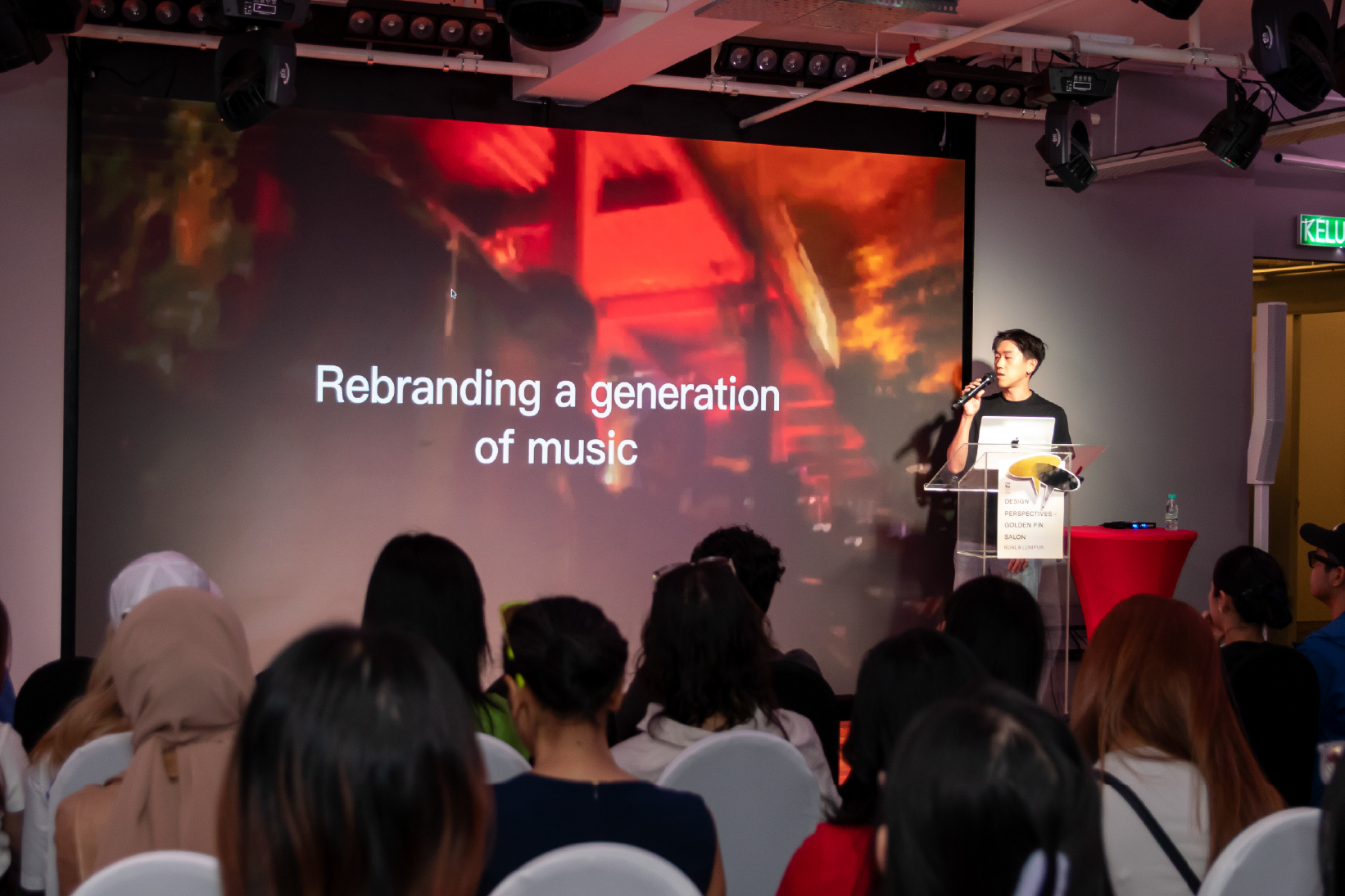
Brian Liu, founder of Local Remote based in Taiwan, discussed branding strategies that balance cultural context with modern aesthetics. The essence of his talk lies in Liu’s ability to translate emotional and cultural energy into impactful design systems. Whether expressing quiet elegance or rebellious energy, their work proves that strong design doesn’t have to shout—it just needs to resonate. Ultimately, he shares his secret to being a successful brand designer: prioritise the client’s brand goals over personal design expressions and always design for impact.

Magdalene Wong of Where’s Gut Studio presented her work on brand identities that originated from a creative process that combines raw human imagination as well as AI assistance. “ChatGPT is basically my best friend during research,” she commented and laughed while sharing examples of how AI can be respectfully integrated into modern visual systems when deployed in the design process. “Digital tools like AI allow us to document, preserve and even expand our thoughts and ideas that might otherwise be lost or under-developed. However, it is the intuition, taste, originality, emotion, and empathy from a designer that makes the work matter,” Wong explained.
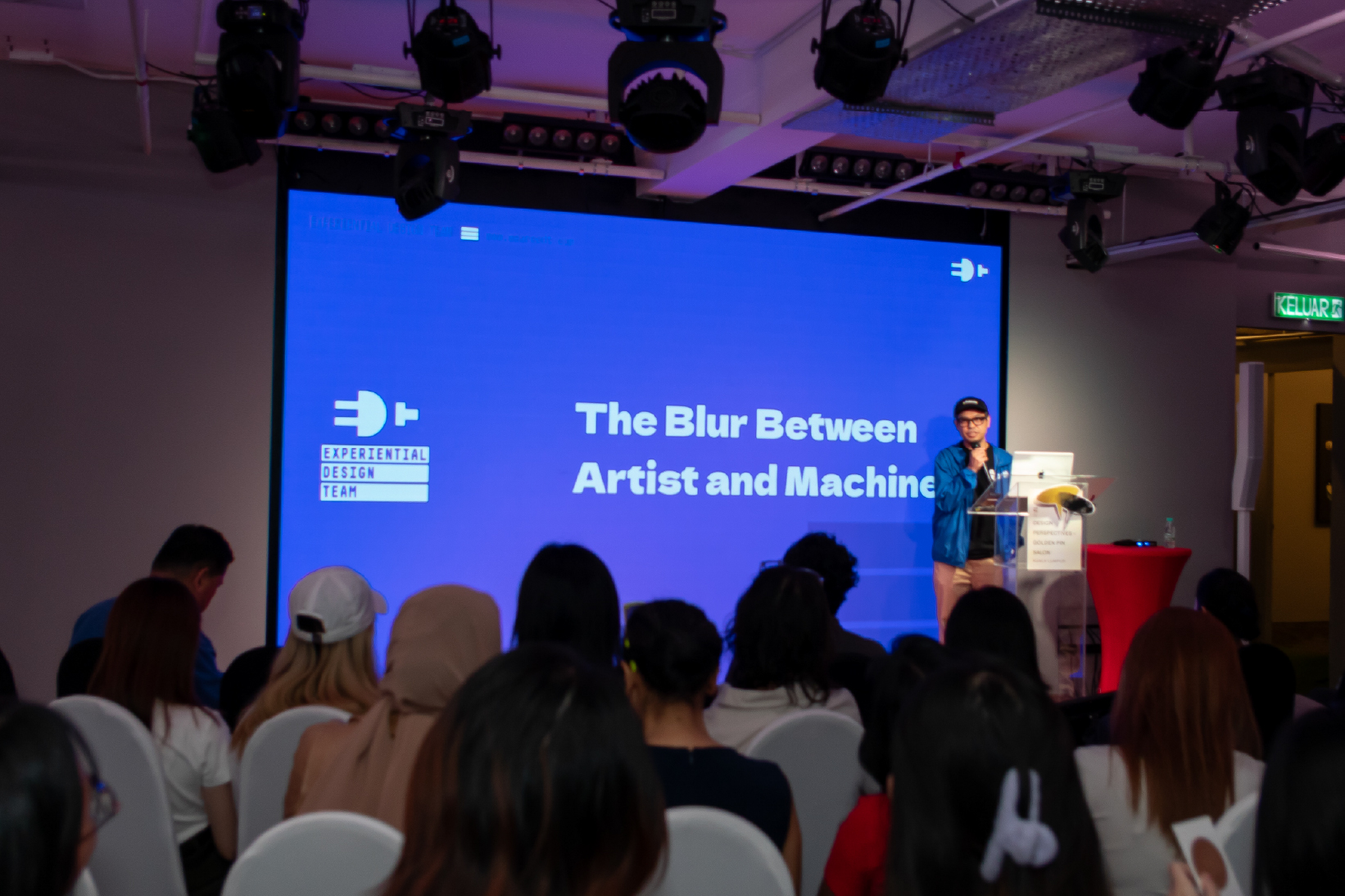
Fariz Hanapiah demonstrated how his company, Experiential Design Team (EDT), uses extended reality (XR) to create immersive experiences for the purpose of therapy and meditation in mental healthcare. “Human creativity matters more than ever in the age of AI—now is the time that both the human and the technology help the world solve increasingly complex problems together,” Hanapiah emphasised, showing how digital tools can resonate, and even help enhance, human lives.

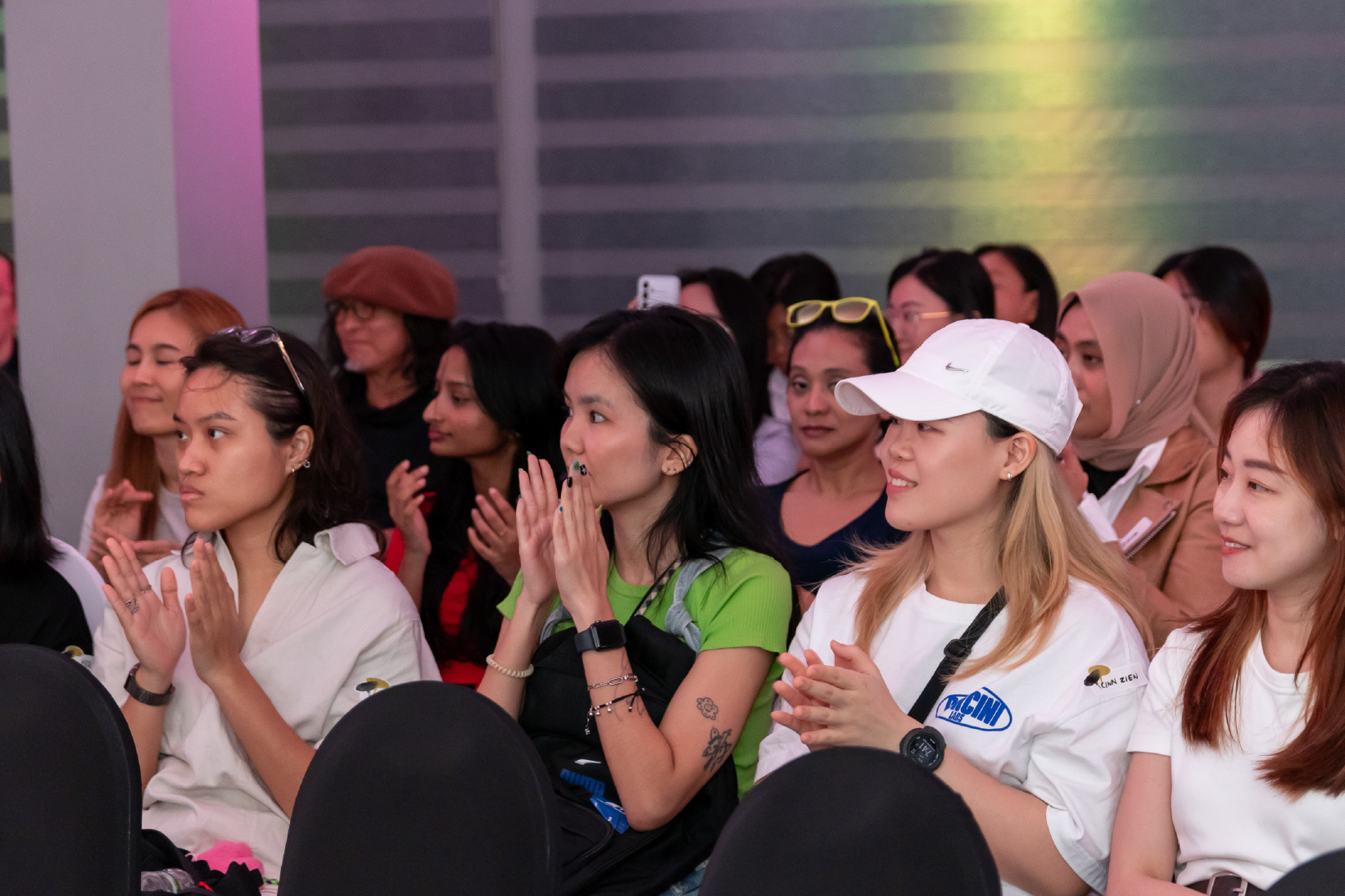
Growing Design Connections between Malaysia and Taiwan
These sessions highlighted how Malaysian designers are addressing the same questions as their international counterparts, often with unique perspectives informed by the country’s rich multicultural heritage. Tsubaki Studio’s local coordination efforts helped create an environment where cross-cultural design dialogue could flourish naturally. The salon also increased awareness of the Golden Pin Design Award among Malaysian designers, with many expressing interests in submitting their work for consideration in this year’s competition.
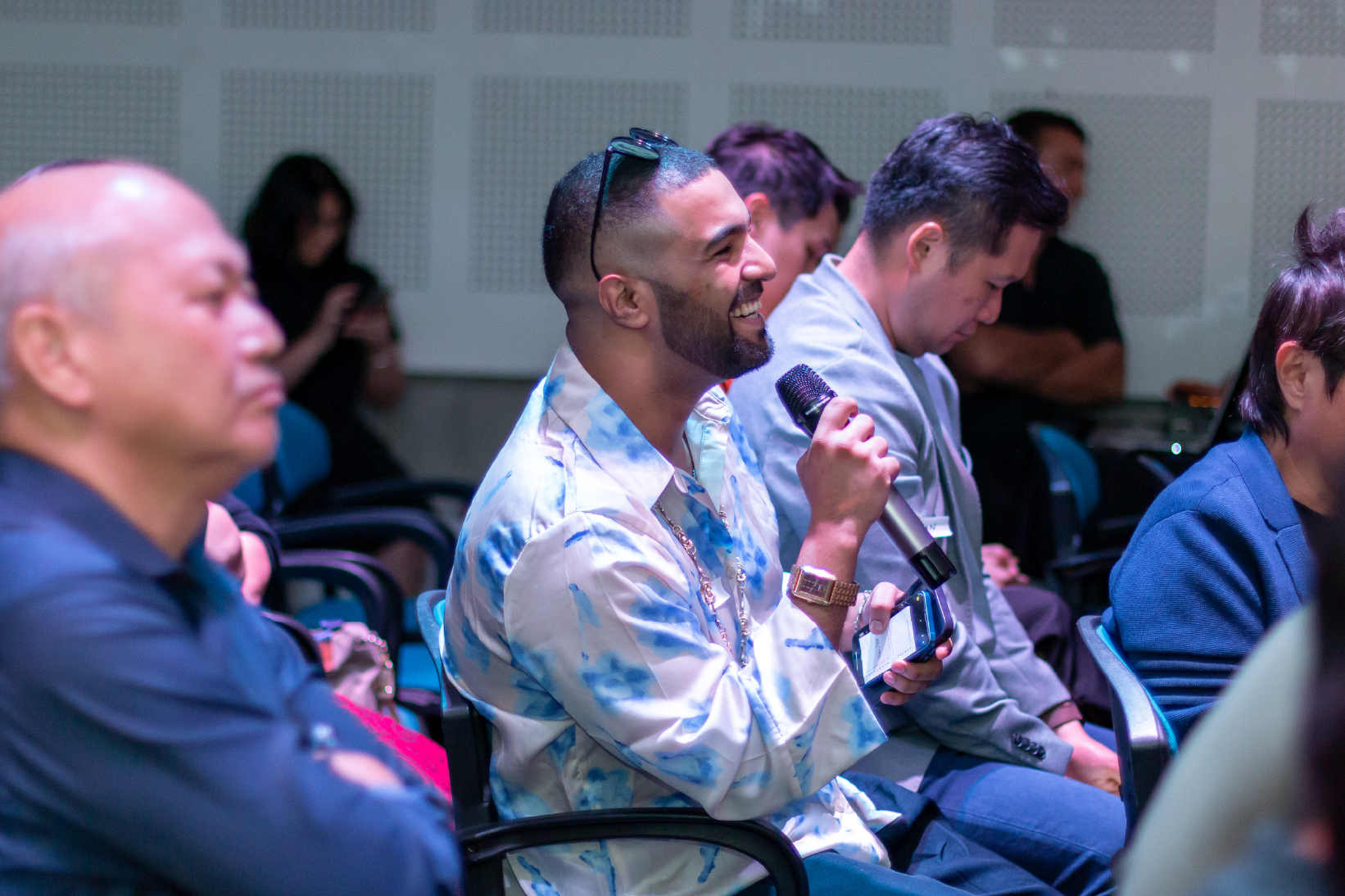
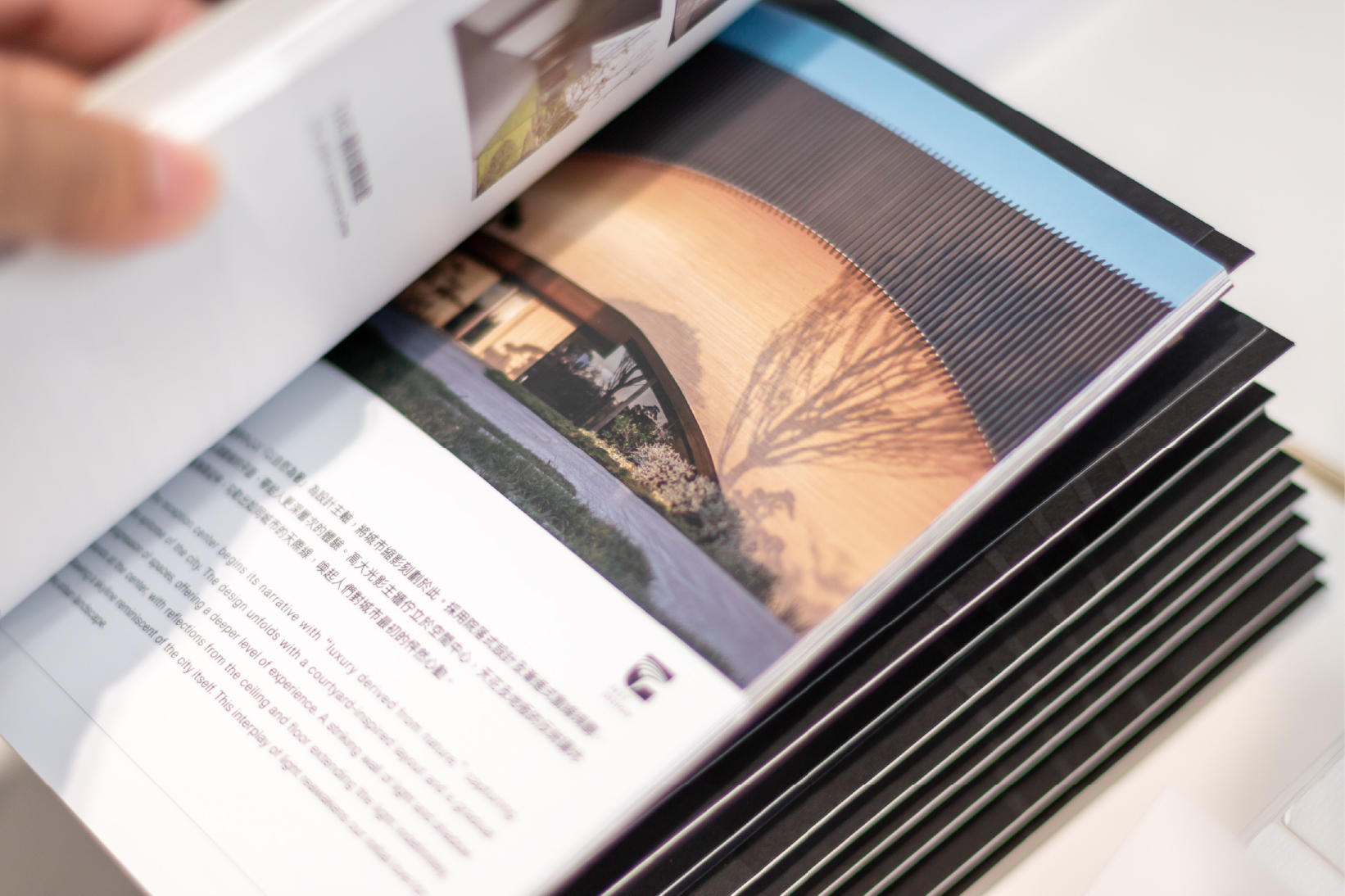
Embracing Human-Centred Futures
As the Design Perspectives x Golden Pin Salon Kuala Lumpur 2025 concluded, one resounding takeaway echoed across both sessions: meaningful design emerges at the intersection of cultural heritage, human empathy, and technological advancement. IDr Lai Siew Hong reminded us to “respect the past, connect the future” by weaving local histories into spatial experiences, while Magdalene Wong emphasised that “intuition, taste, and empathy” remain irreplaceable—even in AI-assisted design. These insights, shared by award-winning voices from across Asia, embody the Golden Pin Design Award’s mission: to illuminate outstanding design that honours tradition and embraces change. The conversations sparked here are a testament to Asia’s growing influence in shaping a more human-centered design future.
The Golden Pin Design Award 2025
The Golden Pin Design Award is accepting entries for its latest cycle. Registration is open until June 24, 2025, at 17:00 (Taipei GMT+8), and an early bird discount is available for those who register by May 27, 2025, before 17:00 (Taipei GMT+8). Entries for commercially available products, published communication design projects, completed spatial designs, and integrated design works are accepted. Designers and companies worldwide are welcome to participate!
For detailed registration information, please visit:
– The official website of the Golden Pin Design Award:
https://goldenpin.org.tw/goldenpin/en/participate/golden-pin-design-award
– Award inquiries:
• For the latest news on the Golden Pin Design Award, visit:
Official Website: http://www.goldenpin.org.tw/en
Facebook: http://facebook.com/GoldenPinDesign
Instagram: http://instagram.com/GoldenPinDesign
X/Twitter: http://x.com/goldenpindesign
YouTube: http://bit.ly/3MDPBpD
• International Media Enquiries
Golden Pin Design Award Team|Taiwan Design Research Institute (TDRI)
Zoe Lo, Press Coordinator
•Golden Pin Design Award KL Representative Contact
Vivian Toh, Tsubaki Studio
vivian.toh.tsubaki@gmail.com | 016-655 1757
